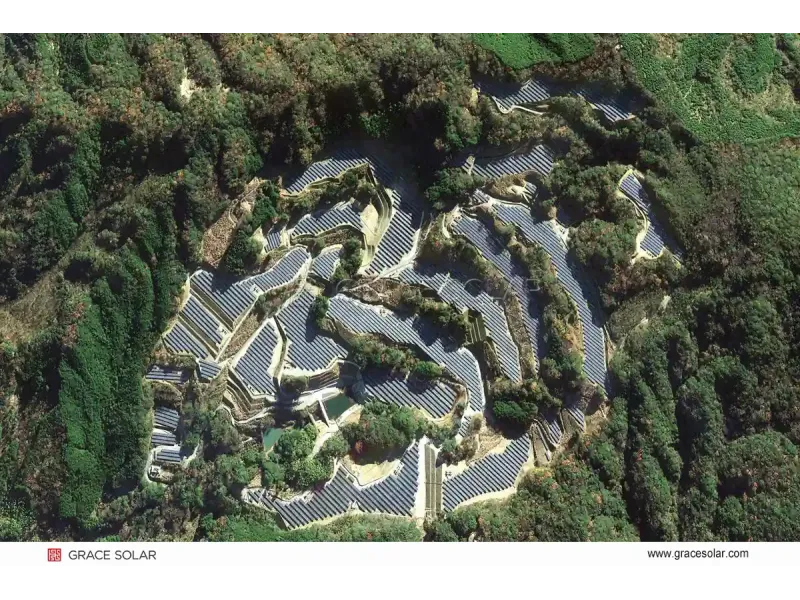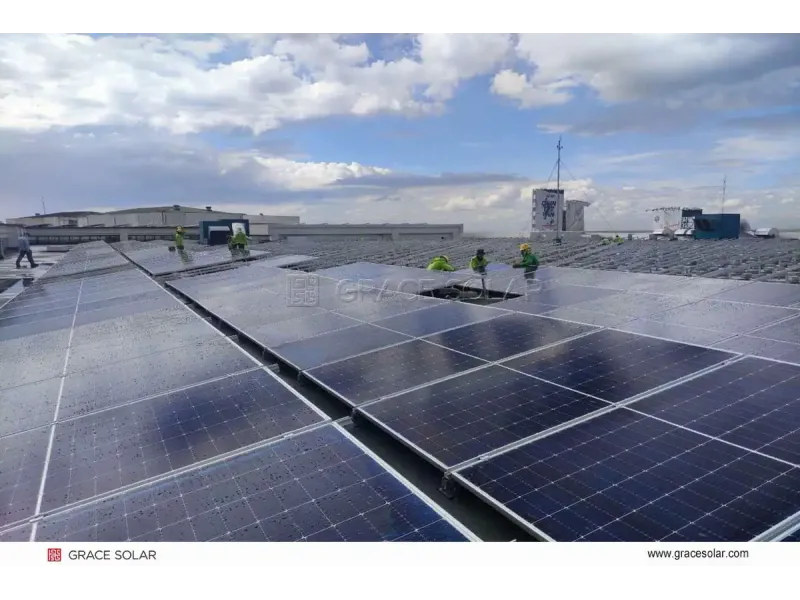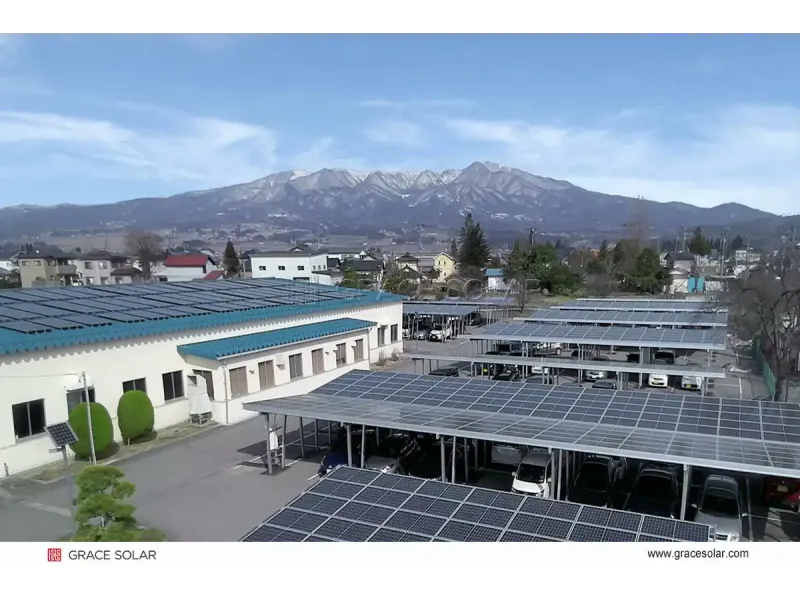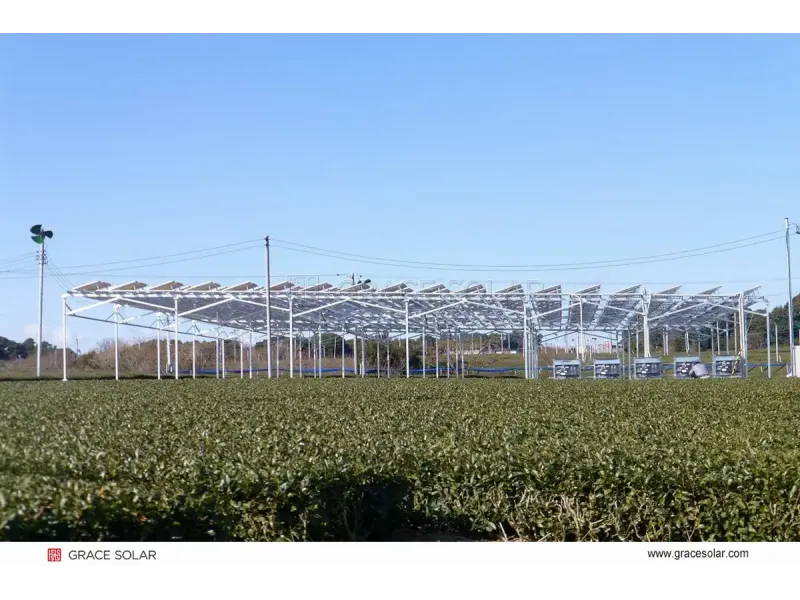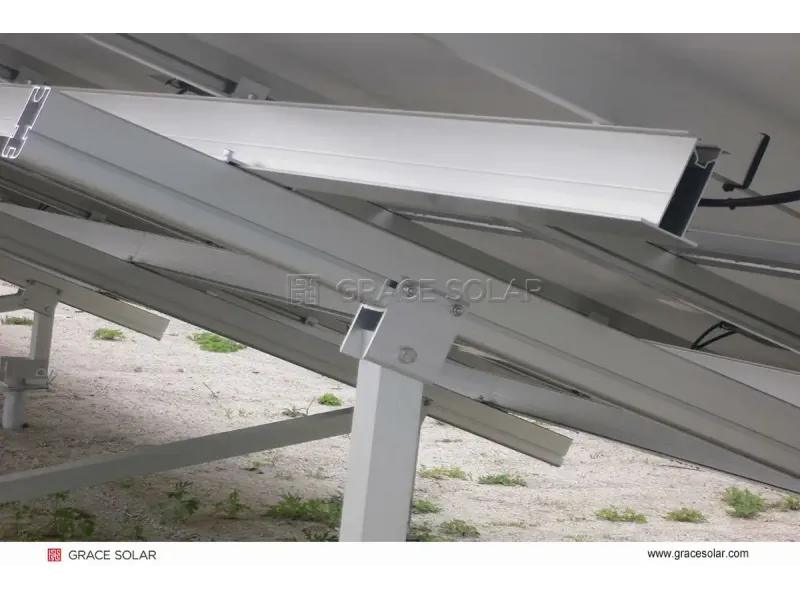Maximizing Solar Yield: Tracking System Efficiency Explored
Modern tracking systems capture 20-40% more energy than fixed installations, per 2025 NREL data. This efficiency gain enables faster ROI for large-scale solar projects while optimizing land use.
2025 Efficiency Breakthroughs
Current-generation trackers enhance performance through three key innovations:
- Weather-Adaptive AI - Cloud prediction algorithms boosting yields by 8-12%
- Robust Structural Design - Multipoint drives resisting 47m/s wind gusts
- Terrain Intelligence - 20% slope adaptability for challenging sites
Single-Axis Efficiency
1P systems with ±60° rotation achieve 25-30% annual gains while requiring 40% less foundation work. Ideal for irregular terrains where conventional systems struggle.
View 1P TechnologyDual-Axis Precision
2P systems with triple-actuator drives deliver 35-40% efficiency gains. Perfect for bifacial modules with sub-1° accuracy during weather transitions.
Complete tracker solutions Dual-Axis Details2025 Performance in Extreme Environments
Typhoon-Resistant Engineering
Next-gen structural designs withstand 165 km/h gusts through reinforced torque tubes and 20% increased rigidity versus standard systems.
Passive System Advancements
Hydraulic systems in new passive trackers maintain ±2° accuracy with zero external power. Auto-stow activates at 65 km/h winds, critical for coastal deployments.
Field Data: Japanese mountain projects show 22% higher yield using slope-adaptive tracking systems vs fixed installations.
The 2025 Efficiency-Cost Equation
While trackers add 15-25% upfront costs, their yield gains deliver ROI in 3-5 years. Key economic advantages:
| Feature | Efficiency Impact | LCOE Reduction |
|---|---|---|
| Weather-adaptive tracking | +5-8% seasonal yield | 2.8¢/kWh |
| Reduced foundation work | -25% installation time | 1.2¢/kWh |
| Integrated MPPT technology | +3% conversion efficiency | 0.9¢/kWh |

